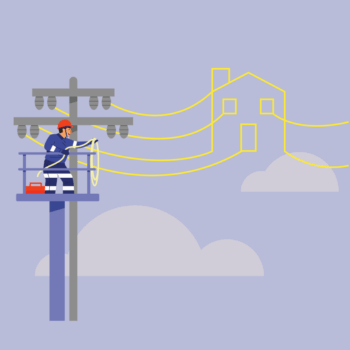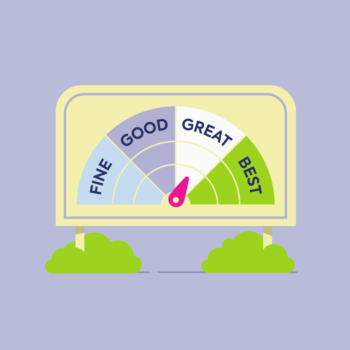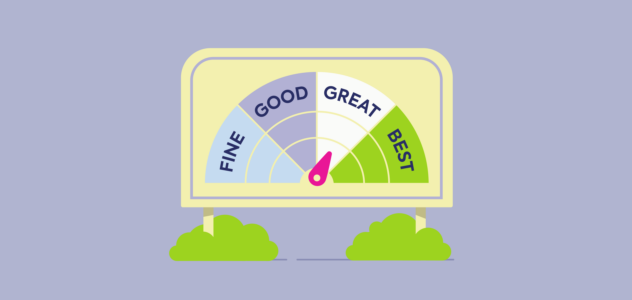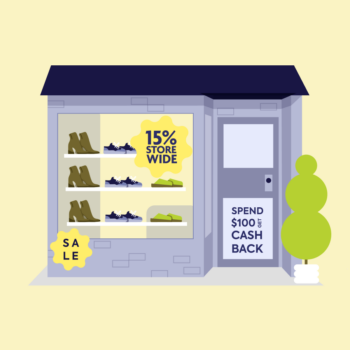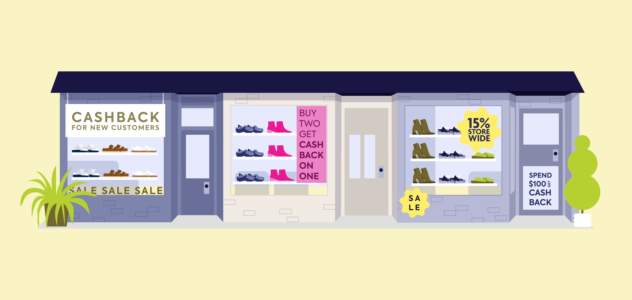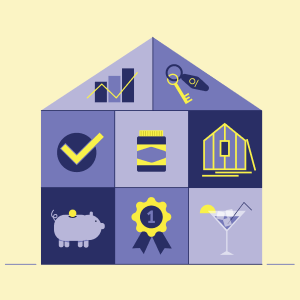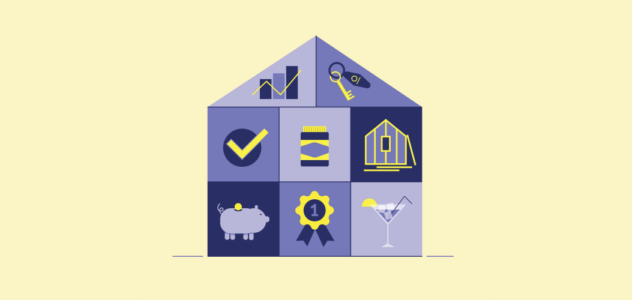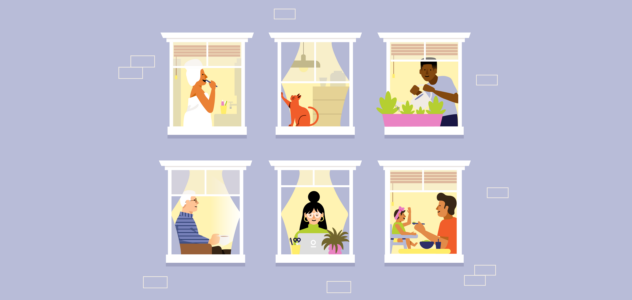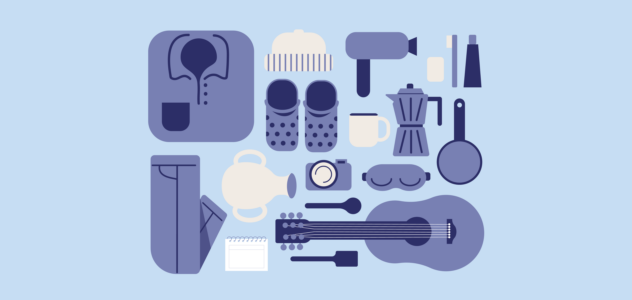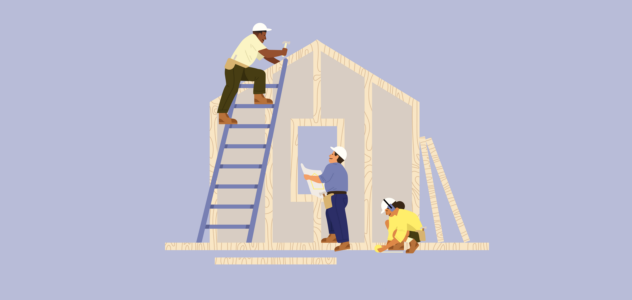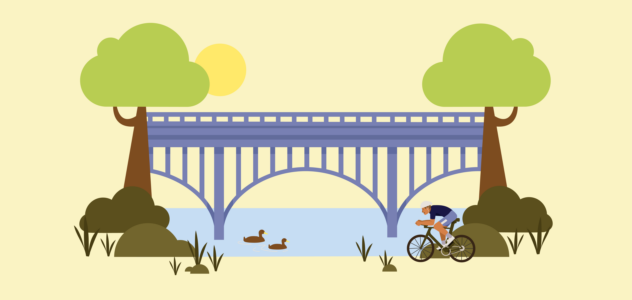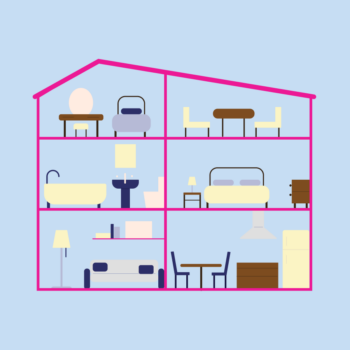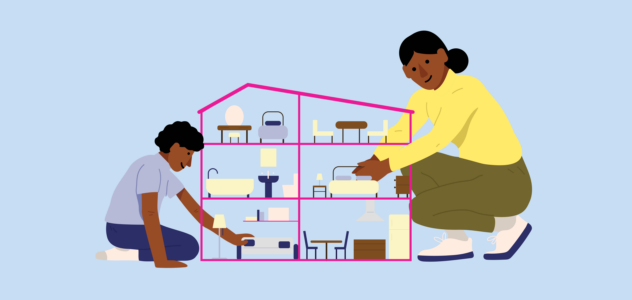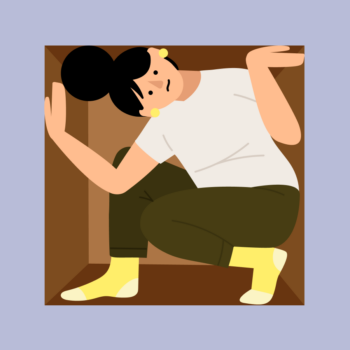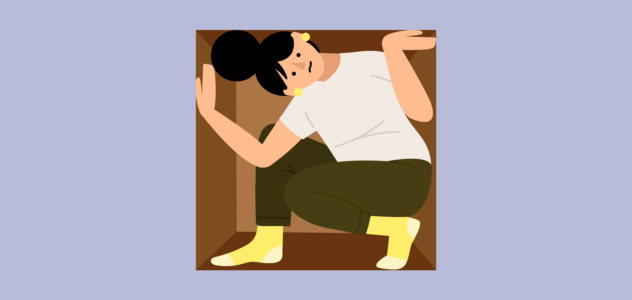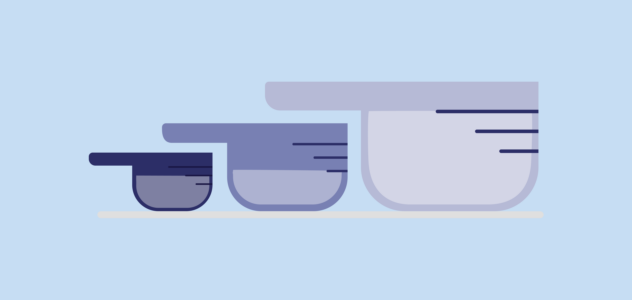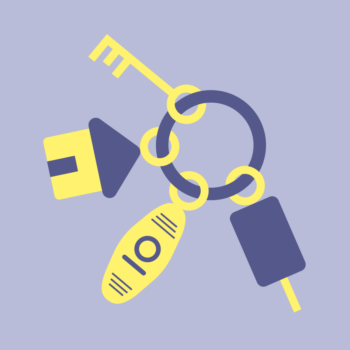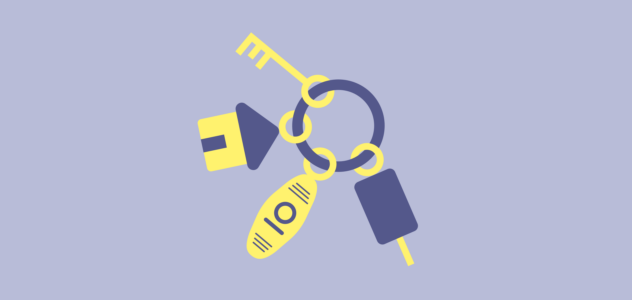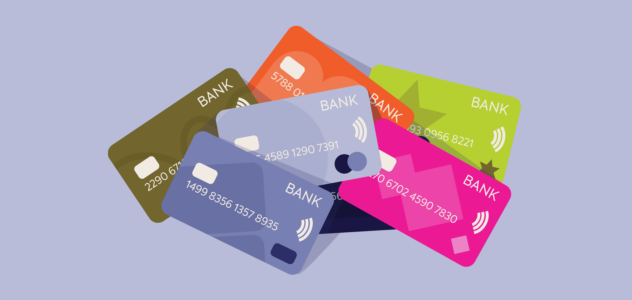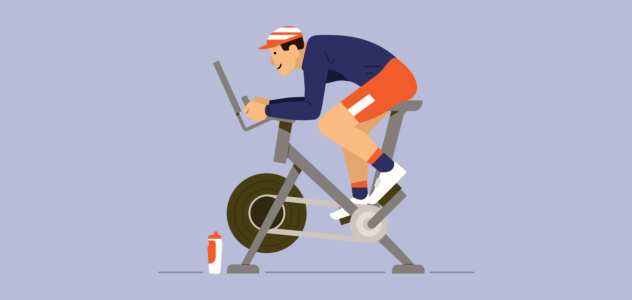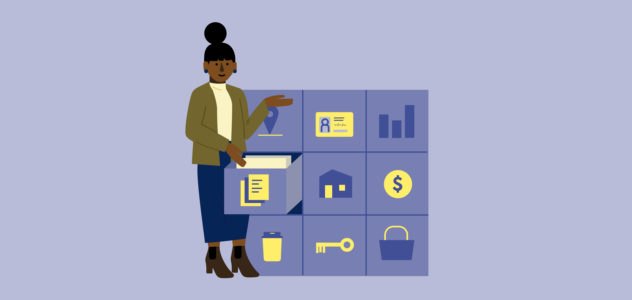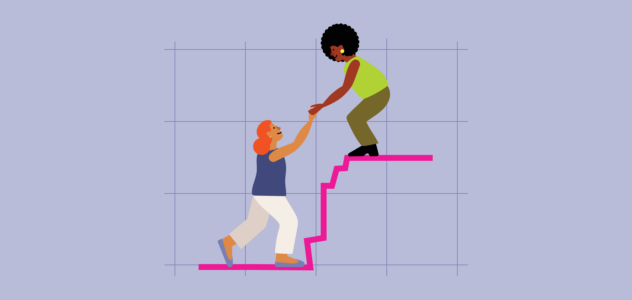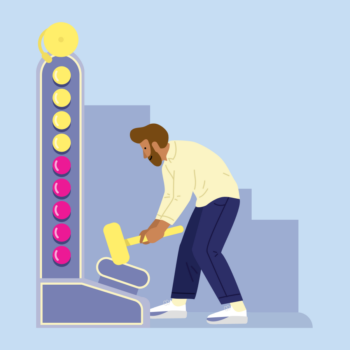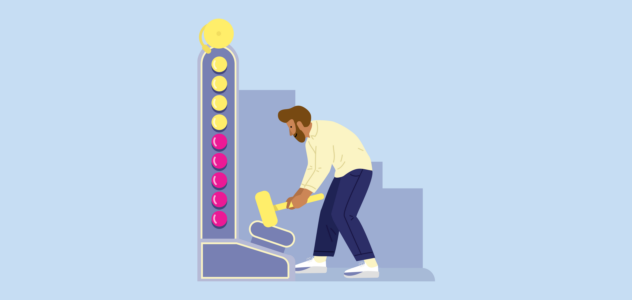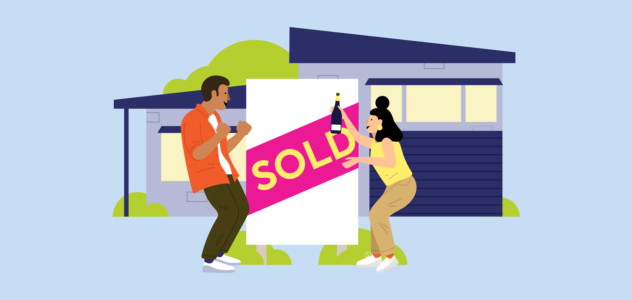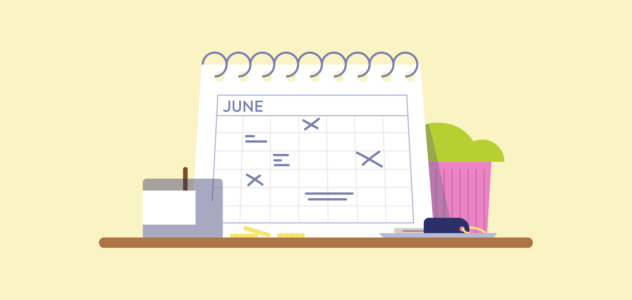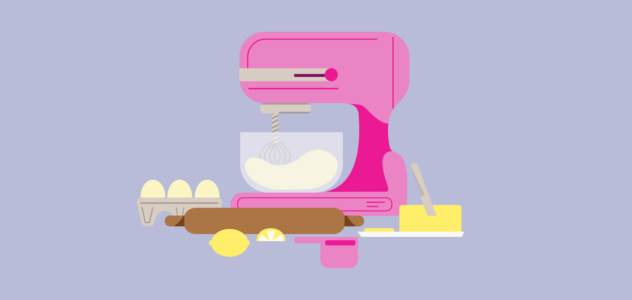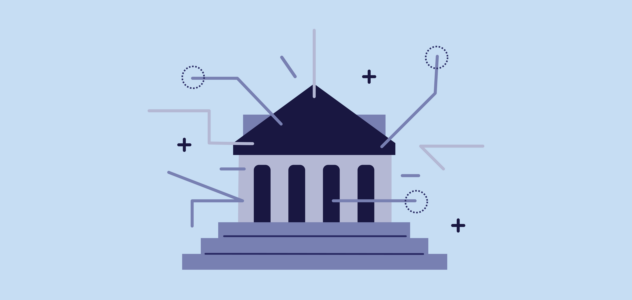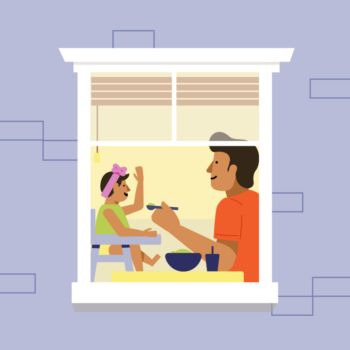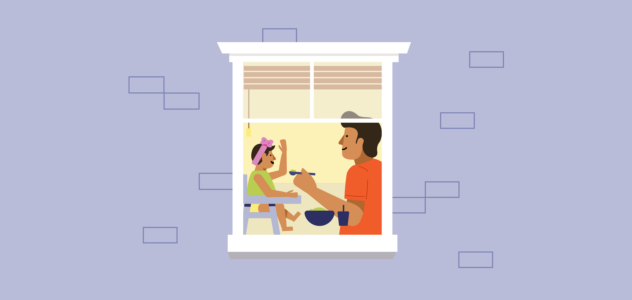So you’ve found your dream home or investment property, and all you really want to do is grab the keys, turn up the music and dance through the living room. Then you remember, it’s time to adult (ahem, sort out your home loan).
Snap back to reality, and people are throwing around phrases like “principal and interest” and “interest only” when it comes time to choose a home loan. And quite frankly, the only thing you’re interested in is knowing what’s best for your situation. Well, help is here.
To break things down, there are two key parts to repaying a home loan, the principal and the interest.
Principal is the total amount of money you’ve borrowed from a lender to buy your home, which you agree to pay back over a period of time (basically, it’s the balance of the loan).
But unfortunately, there’s no such thing as a free lunch. Lenders don’t just throw around money willy-nilly.
Enter, Interest.
Interest is a percentage-based payment you make to a lender for borrowing money (the principal) from them. This is ultimately how lenders make their money.
So, when you’re securing your home or investment property, there are two types of loan repayments you can typically go for: principal and interest or interest only. Both will get you to your end goal (mortgage free and dancing in your living room) but they just do it in different ways.
So the million dollar question, which is better, a loan with interest only or principal and interest repayments?
Let’s dive in.
What is a principal and interest home loan?
With a loan that has principal and interest repayments, you’re paying back your principal balance, as well as the interest it’s accruing from day dot. So initially, the payments will be higher than an interest only loan. That’s because you’re actually paying back the money you borrowed, too.
But hey, you might like to think of it as short-term pain, long-term gain.
Pros:
- You’re paying your loan down from day one (which feels pretty darn good).
- You can ultimately pay less interest over the life of your home loan, as you’re decreasing the principal amount from the get-go.
- The interest rates on these loans are often a lot lower, which can equate to whopping savings over the life of your loan.
- You can be mortgage free, sooner. Hello, debt free!
- It’s widely available to owner-occupier buyers.
- You can choose to bump up your regular payments (like fortnightly) to pay it off even sooner. BOOM.
Cons:
- Higher repayments to begin with, which may mean less brunching and online shopping (for a little while).
Ok, so who might choose a loan with principal and interest repayments?
A home loan with principal and interest repayments is a great option if you’ve got the cash flow to commit to higher repayments from the get-go (and you’re committed to saying sayonara to the bank ASAP).
A lot of homeowners choose this option, as it means they’re chipping away at their loan (even if they’re only paying the minimum requirement each month). Nice one.
What is an interest only home loan?
In an interest only loan period, you only pay back interest. This means that your principal balance will remain unchanged for a period of time.
While the repayments will likely be lower to begin with, it has a shelf life. Because eventually, you’re going to have to start chipping away at all the money you’ve borrowed. Ooft.
It’s a bit like putting off that rattling noise in your car. You can turn up the radio for a little while, but sooner or later, you’re going to have to do something about it to keep the wheels turning.
Pros:
- Your repayments may be lower to begin with, cha-ching.
- It may suit some financial situations, for example, you may be going through a career change or paying off other debts (looking at you, Afterpay).
- Some savvy investors choose interest only loans for tax reasons, as you may be entitled to claim a tax deduction for some or all of the interest paid.
Cons:
- You’re not actually paying down your loan (unless you pay over and above the minimum amount).
- You may end up paying more in the end, because you’re just avoiding that big ol’ nagging loan that you’re eventually going to have to pay back.
- When the interest only period ends, your repayments will increase (because now you have to pay back the principal in a shorter period of time).
- The interest rate on these loans is often higher…sometimes a lot higher. Eek.
- These loans are not always available to owner-occupier buyers (aka, buyers who plan to live in their new home).
Ok, so who might choose a loan with interest only repayments?
Here’s the thing: a lot of lenders don’t allow interest only repayments for first time, owner-occupier buyers. So if that’s you, you might have to jump through a few hoops to get this loan… Even then, there’s a chance the lender will say a big, fat no.
That’s why the interest only repayment option is more often used by investors, who plan on making some deductions when the taxman comes-a-knocking.
If you already have a home loan you’re paying off, you could make interest only repayments for the investment loan on your second property. This means you may be eligible for those tax benefits. You’ll also have a lower repayment commitment on that investment loan, so you can focus on paying off your actual home loan. Go you, you property mogul! If this sounds like a path you want to go down, it’s best to check with a tax wizard and a qualified mortgage broker (that’s where we come in).
Let’s put this theory into practice, shall we?
Samantha found her dream home which she needs a $500,000 loan for. She wants to pay it off over 30 years.
When she first secures her home, she’s weighing up between a loan with principal and interest or interest only repayments. Cue the thinking music.
She’s considering making interest only payments for the first 3 years, as she gets her home set up and adjusts to being a homeowner (ahem, gently phases out her Afterpay habit).
She is given two options to ponder. A loan with principal and interest repayments with an interest rate of 6.19% p.a. or interest only repayments with an interest rate of 6.59% p.a.
| Principal and interest repayments | Interest only repayments | |
| Interest rate | 6.19% p.a. | 6.59% p.a. |
| Initial repayment (p.m.) | $3,059 | $2,746 |
| Total interest charged | $601,276 | $670,175 |
| Total loan repayments | $1,101,276 | $1,170,175 |
As you can see, the total repayments on the interest only loan will add up to $1,170,175 over 30 years. In contrast, if she starts paying principal and interest from the get-go, the total loan repayments will be $1,101,276 over 30 years.
After running the numbers with her broker, Samantha realises she can save a staggering $69k in interest over the life of her loan. That’s a few European holidays over the next 30 years (did someone say twirling fettuccine in Italy?)
So, she makes a decision her future self will thank her for. Samantha chooses principal and interest repayments (and commits to being a little bit more frugal in her everyday life).
So, what is better, interest only or principal and interest repayments?
As you can see, loans with interest only and principal and interest repayments will get you to your end goal, just in different ways.
A loan with principal and interest repayments means you’ll be chipping away at your loan straight away. Booyah! But a loan with interest only repayments could be a good option for investors who might be able to take advantage of some tax deductions.
There’s no ‘one right way’, as every situation is unique.
But hey, it’s important to have a game plan. Don’t just flip a coin and hope for the best. Put some weight on this decision as it’s going to affect you in years to come.
No matter what, you should chat to an expert (oh hey!) who will learn about your individual circumstances and find the right solution for you.
At Finspo, we’ve vowed to make the home loan process as easy and stress-free as possible. Because we know how important it is to have someone on your team to point you in the right direction.
So, are you ready to get started? Speak to one of our home loan experts today.


